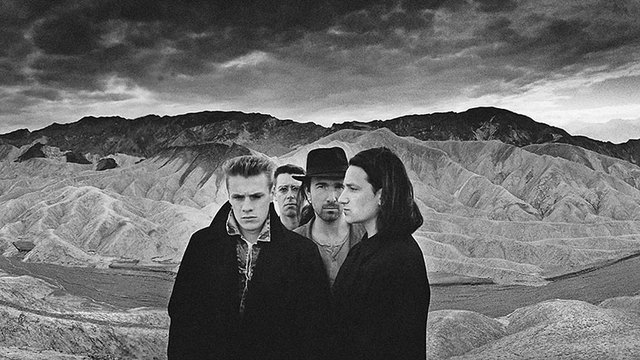

One pilgrim left behind a pair of military dog tags. Their offerings fill a metal suitcase and an old ammo box tucked against the dried-out trunk: personal notes, ticket stubs, framed photographs, CDs, autographed flags and concert T-shirts. The most permanent tribute is a bronze plaque embedded in concrete and etched with a picture of the tree above the words, “Have you found what you’re looking for?”įor perhaps hundreds of U2 fans from all over the world, the answer appears to be yes. In the sand surrounding the fallen tree, visitors have arranged rocks to spell out messages to the band.Ī cymbal and some broken guitars rest against one sun-bleached limb. “It’s become this sort of pilgrimage for U2 fans like us,” said David Tokaji, who occasionally sings as Bono in a Los Angeles-based parody tribute act called the Title Trackers. The remnants of the plant rest in the dirt about a thousand feet from California Route 190, 9 miles west of Death Valley National Park, where devoted fans of the Irish rock band have established a small, strange shrine to the desert-tinged album and the now-dead tree that inspired it. U2’s top-selling album “The Joshua Tree” officially turned 30 years old last month, but the actual tree pictured in the liner art never made it to the milestone. If you still haven’t found what you’re looking for, check your GPS coordinates. To locate this fallen piece of rock music history, you’ll need some help from the Internet and your favorite satellite-based mapping tool. No signs mark the way to the world’s most famous Joshua tree. (Chase Stevens/Las Vegas Review-Journal) VALLEY NATIONAL PARK, Calif.

A rock left by fans of rock band U2 sits with the fallen tree that appeared in the band's 1987 album "The Joshua Tree" outside of Death Valley National Park along California State Route 190 on Tuesday, Feb.


 0 kommentar(er)
0 kommentar(er)
